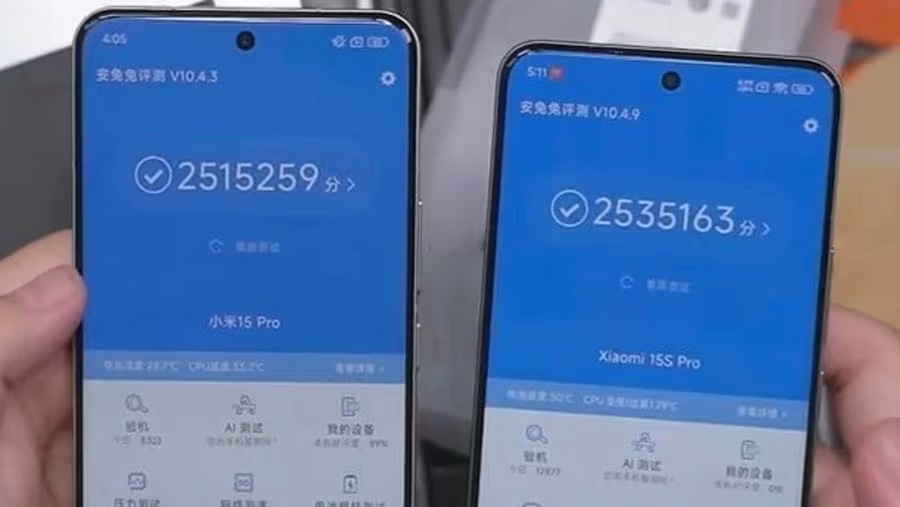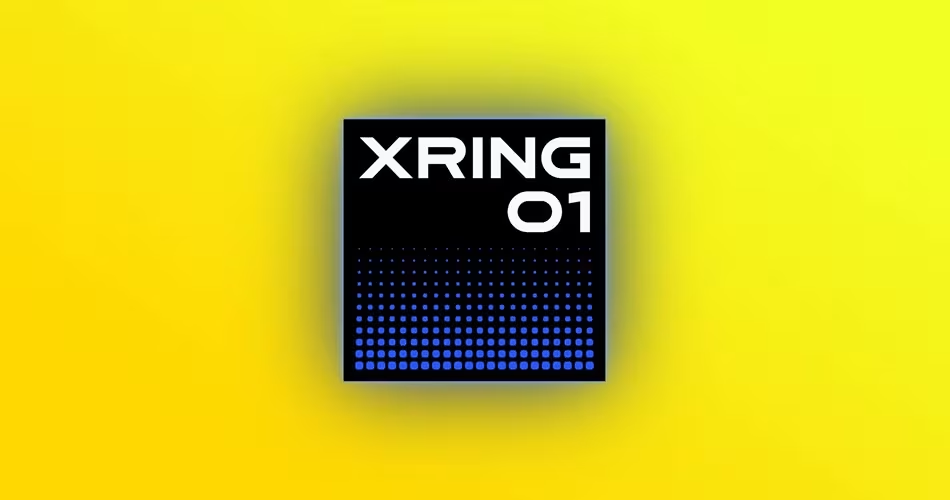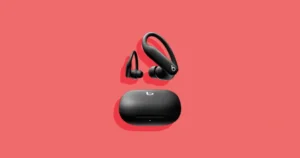KEY HIGHLIGHTS
- Xiaomi unveils its first in-house 3nm chip, the Xring O1, to rival Apple Silicon.
- Debuting in the Xiaomi Pad 7 Ultra and Xiaomi 15S Pro.
- Early AnTuTu benchmark hits 2.5 million, matching Snapdragon 8 Elite.
- $27.8B R&D investment planned over five years; $7B focused on chip development.
- Xiaomi will continue partnering with Qualcomm alongside its custom chip journey.
Xiaomi Officially Joins the Silicon Race
In a bold move echoing Apple’s shift to in-house silicon, Xiaomi has officially introduced its first custom chip, the Xring O1, a powerful 3nm processor built to compete with the likes of Apple Silicon and Snapdragon’s top-tier chips.
Unveiled during a launch event in Beijing, the Xring O1 will power three new devices, including the headline-grabbing Xiaomi Pad 7 Ultra and the upcoming Xiaomi 15S Pro smartphone.
Apple, Meet Your New Challenger
Xiaomi made it clear: the goal is to compete head-to-head with Apple’s chips. While the Xring O1 lags slightly in processor clock speed compared to Apple’s M-series, Xiaomi isn’t just aiming for benchmarks, it’s aiming for control, integration, and long-term innovation.
With our phones targeting iPhones, can our chips also be compared against those of Apple’s?
It’s more than just talk, the specs and performance are already showing serious promise.
Benchmark Surprise: 2.5M AnTuTu Score
Picked up by GSMArena, Xiaomi’s new chip is already matching flagship Snapdragon chips on performance benchmarks.
A leak shared by Xiaomu Technology on Weibo shows the Xiaomi 15S Pro with the Xring O1 scoring 2.5 million on AnTuTu. This is the same range as top Snapdragon 8 Gen 4 Elite devices like the Xiaomi 15 Pro.
Xiaomi 15 Pro (Snapdragon 8 Elite): ~2.5M
Xiaomi 15S Pro (Xring O1): ~2.5M

Even more impressively, the Pad 7 Ultra’s Xring O1 variant runs at slightly lower clocks (3.7GHz vs 3.9GHz), suggesting further optimization is possible.
Note: AnTuTu scores reflect overall device performance, not just the chip, and the 15S Pro test unit had more RAM than the 15 Pro. Still, this is a stellar debut for Xiaomi’s silicon team.
A $27.8 Billion Bet on In-House Hardware
Xiaomi isn’t just testing the waters. Bloomberg reports that the company has committed to investing ¥200 billion (~$27.8 billion) into R&D over the next five years, with $7 billion focused solely on chip development.
Xiaomi CEO, Lei Jun, emphasized that this is just the beginning, and that custom silicon will play a crucial role in the company’s next-gen ecosystem of phones, tablets, wearables, and more.
Still Team Snapdragon (For Now)
This isn’t a breakup with Qualcomm. In fact, Xiaomi and Qualcomm just inked a new deal to collaborate on future premium devices, including XR glasses and smart home tech. Xiaomi will also be among the first to adopt the next-gen Snapdragon 8-series chip in select products.
So while Xring O1 marks a new chapter, Qualcomm isn’t going anywhere just yet.
Final Thoughts
Xiaomi’s Xring O1 isn’t just a chip, it’s a message. A message that the company is no longer just a hardware assembler. It’s building from the inside out.







Comments